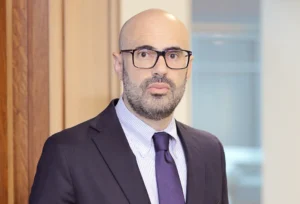By Mark G. Douglas and Oliver S. Zeltner (Jones Day)


Valuation is a critical and indispensable part of the bankruptcy process. How collateral and other estate assets (and even creditor claims) are valued determines a wide range of issues, from a secured creditor’s right to adequate protection, postpetition interest, or relief from the automatic stay to a proposed chapter 11 plan’s satisfaction of the “best interests” test or whether a “cramdown” plan can be confirmed despite the objections of dissenting creditors. Depending on the context, bankruptcy courts rely on numerous different standards to value estate assets, including book, retail, wholesale, liquidation, forced-sale, going-concern, and reorganization value.
The U.S. Court of Appeals for the Second Circuit recently examined collateral valuation in a chapter 11 case for the purpose of determining whether junior secured creditors were entitled to “super-priority” administrative claims to compensate them for alleged diminution in the value of their collateral after the petition date and before the bankruptcy court approved a sale of the debtors’ business as a going concern. In ESL Investments, Inc. v. Sears Holdings Corp. (In re Sears Holdings Corp.), 51 F.4th 53 (2d Cir. 2022), cert. denied sub nom. Cyrus Capital Partners, L.P. v. Sears Holdings Corp., No. 22-765 (U.S. Mar. 20, 2023), the Second Circuit held that, given the uncertainty surrounding the retail debtors’ fate at the time they filed for bankruptcy, the bankruptcy court did not err in valuing inventory collateral at its “net orderly liquidation value,” rather than book value, going-out-of-business sale value, or forced liquidation value. The Second Circuit also found no fault with the bankruptcy court’s decision to value non-borrowing base inventory at zero and to ascribe full face value to undrawn letters of credit where, among other things, the junior lenders failed to meet their evidentiary burden of suggesting a reasonable alternative.
There are several key takeaways from the Second Circuit’s ruling in Sears Holding.
First, valuation in bankruptcy is a fact-specific inquiry, and the selection of an appropriate valuation method, guided by section 506(a) of the Bankruptcy Code, is committed to the sound discretion of the Bankruptcy Court.
Second, Sears Holding is a testament to the consequences of failing to satisfy evidentiary burdens. The Second Circuit found no error in the bankruptcy court’s decision to ascribe no value to certain inventory and to discount to zero the full face value of undrawn letters of credit because the junior lenders had the burden of proposing a reasonable alternative but repeatedly failed to do so.
Third, the Second Circuit reaffirmed in Sears Holding that applicable U.S. Supreme Court precedent regarding valuation in a chapter 13 case also applies in chapter 11, requiring the bankruptcy court to be guided in its valuation by the use or disposition likely for the subject collateral, rather than some hypothetical use or disposition.
The Supreme Court denied the junior lenders’ petition for review of the Second Circuit’s decision on March 20, 2023.
Click here to read the full article.
